M
Leave a Legacy of Giving
You can support our mission of changing lives by saving sight in multiple ways!
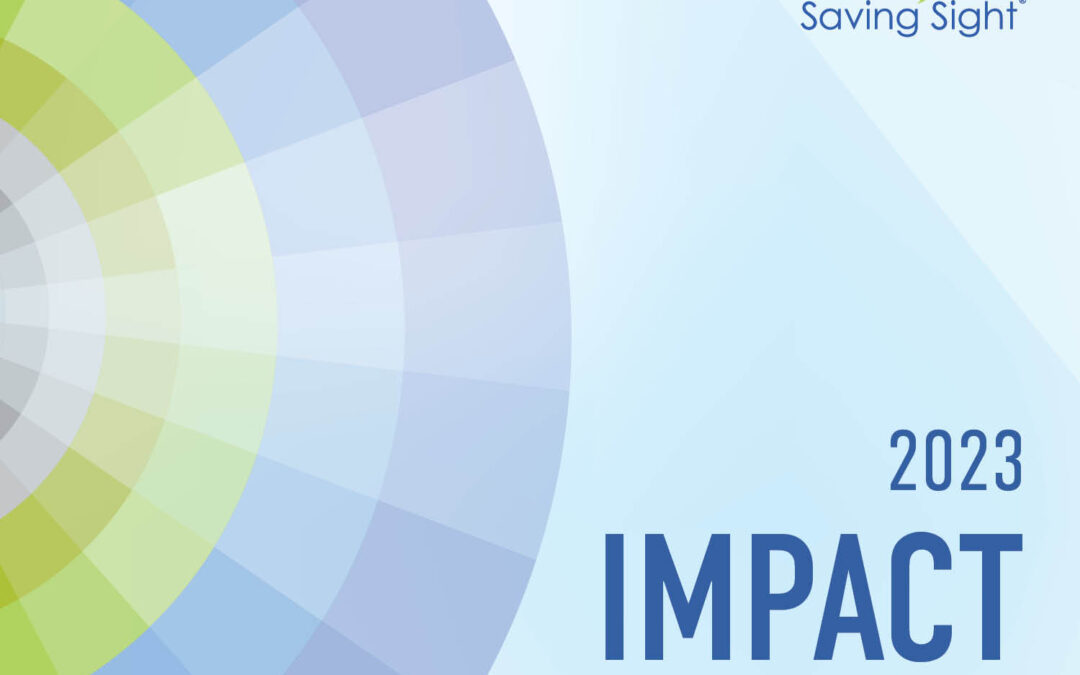
In 1960, Saving Sight began restoring sight through charitable vision programs, matching the needs of local communities with a spirit of giving. While our program delivery has changed throughout that history, our legacy of giving continues to grow through our mission partners.
In 2021, Saving Sight’s board of directors established a board-designated quasi-endowment fund to support grants given to charitable organizations with a similar mission. During the first round of funding in 2021, three organizations were invited to apply: KidSight, Mid-South Lions Sight and Hearing Service, Inc., and the ShowMe Eyeglass Recycling Program. Each group received funding from Saving Sight to expand their services and impact in the community.
KidSight, a program with a historical tie to Saving Sight, received the most funding, utilizing a $35,000 gift for general operating support to screen over 39,000 Missouri children for potential vision disorders. Of those children screened, 3,500 were identified to be at risk for problems like amblyopia. As part of their essential work, the KidSight team has established an enhanced follow-up process, helping families seek vision care for children as necessary.
Saving Sight also granted $15,000 in funding to the ShowMe Eyeglass Recycling Program, a nonprofit run by the Lions Clubs of District 26 M-7. This Missouri-based program serves as a collection point for recycled eyeglasses that are then read and sorted for use in medical mission trips worldwide. With grant funding, the group purchased two lensometers to read eyeglass prescriptions, a crucial part of preparing the donated glasses to go abroad. The Lions estimate that with this equipment purchase, they were able to serve 25,000 additional people worldwide.
Finally, Saving Sight granted $10,000 in funding to Mid-South Lions Sight and Hearing Services, a nonprofit out of Tennessee that provides medical services for needy vision-impaired people in our region. With funding from Saving Sight, the organization provided direct care to 16 patients from Missouri for various eye care and surgical costs. Upon reviewing reports from these three organizations, Saving Sight’s board of directors voted to renew grants in June 2023, adding one additional nonprofit to the mix. The following grants were made at the end of this fiscal year:
In October, the Wichita community said farewell to a friend and visionary in eye care. Dr. Bruce Grene, the founder of Wichita-based Grene Vision Group, was also instrumental in establishing the Wichita Eye Foundation in 1986. With Dr. Grene’s support, the Eye Foundation would grow to eventually become the Kansas Eye Bank and Cornea Research Center, Inc., providing corneal tissue for transplant in Kansas and beyond. In 2021, the Wichita eye bank’s impact on local Kansas communities multiplied as it became a division of Saving Sight.
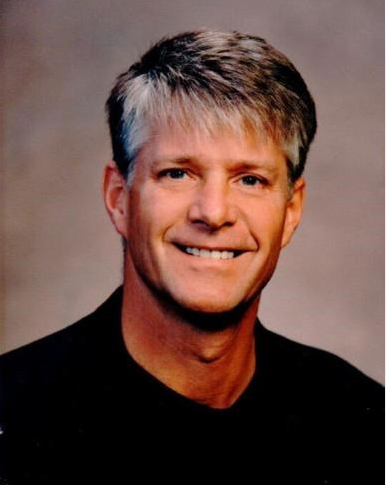
Dr. Bruce Grene was instrumental in establishing the Kansas Eye Bank.
Dr. Grene’s legacy can be seen in many facets of the practice of ophthalmology. His passion for ocular research and innovation led him to create Celluvisc, a worldwide product for treating surface eye disease and injury. Dr. Grene entrusted the royalties from the sale of Celluvisc to the Wichita Eye Foundation, helping to fund the Kansas Eye Bank’s growth and work in restoring sight.
In his creation of Grene Vision Group, Dr. Grene was ahead of his time in providing the best in patient care. He had the wisdom and foresight to create an integrated group of ophthalmology, optometry, and optical professionals working together to serve the community. Most importantly, Dr. Grene embodied a passion for serving patients.
“Bruce and I worked together for over two decades, and he was perhaps as charismatic and captivating of a person as I’d ever met,” said Dr. Dasa Gangadhar, ophthalmologist and original partner at Grene Vision Group. “The temperature in the room would go up when he walked in. He was loving, he was gentle, and he was a visionary.”
Dr. Grene is survived by his loving family and wife, Mary, who stood by his side during a difficult battle with Parkinson’s disease. He is also survived by countless patients who benefited from his work and many collaborators and coworkers who called him a friend. It’s in the same spirit of service that Saving Sight works to carry forth Dr. Grene’s vision of restoring sight.
To learn more about our history and the key individuals like Dr. Grene, who have worked to make restored vision a reality for others, visit www.saving-sight.org/about.
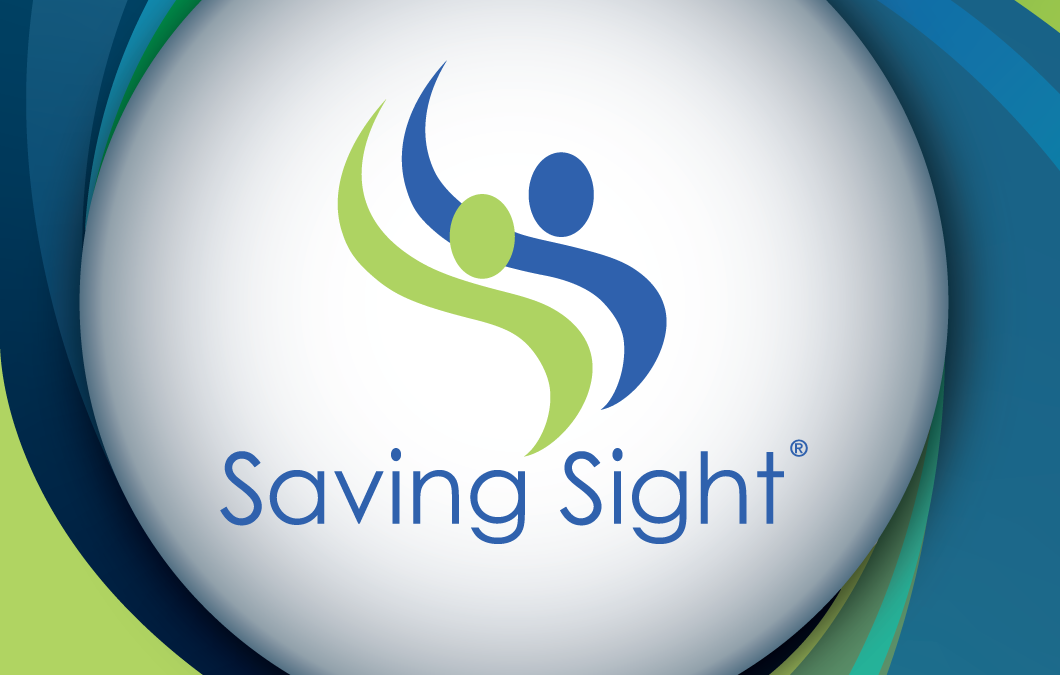
While fireworks are a beautiful and time-honored tradition associated with the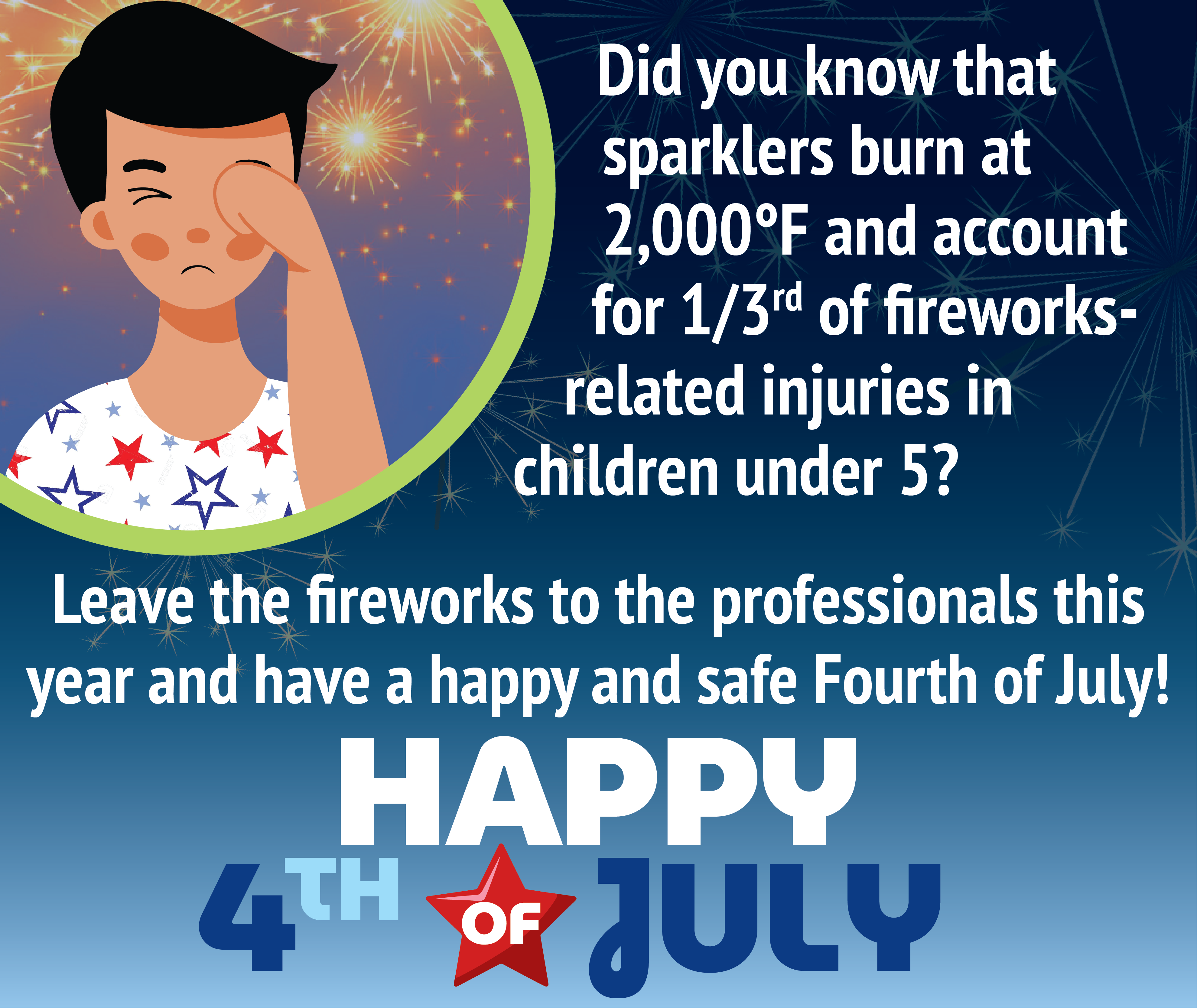
The U.S. Consumer Product Safety Commission reports that there are 9,000 fireworks-related injuries each year in the U.S. Thirty percent of those are eye injuries, and one-fourth of those eye injuries result in blindness. What’s more, children account for the majority of fireworks-injury victims, and for children under 5, sparklers — which burn at 2,000 degrees Fahrenheit and can cause third-degree burns — account for one-third of fireworks-related injuries.
For these reasons, the American Academy of Ophthalmology encourages you to follow these recommendations:
If you do decide to shoot off fireworks yourself, be sure to follow all safety precautions, protect your eyes, and keep children a safe distance away. The staff at Saving Sight wishes you a safe and fun-filled Independence Day weekend!
Want some additional Independence Day Safety tips? Check out our friends at the American Academy of Ophthalmology!
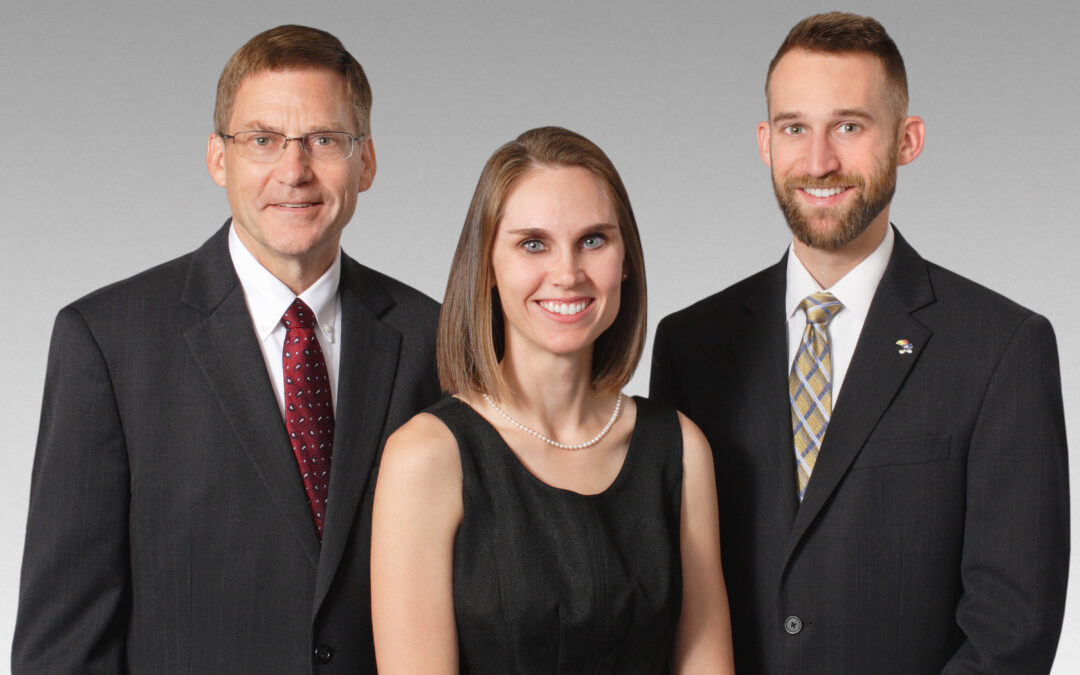
Downing and Lahey Funeral Home, located in Wichita, Kansas, has been chosen as Saving Sight’s first Champion of Sight. The Champion of Sight Award recognizes our partners who exhibit extraordinary dedication in advocating and assisting in making eye donation possible. Together, with our Champions, we truly change lives by saving sight! Champions of Sight are nominated by and voted for by our team here at Saving Sight.
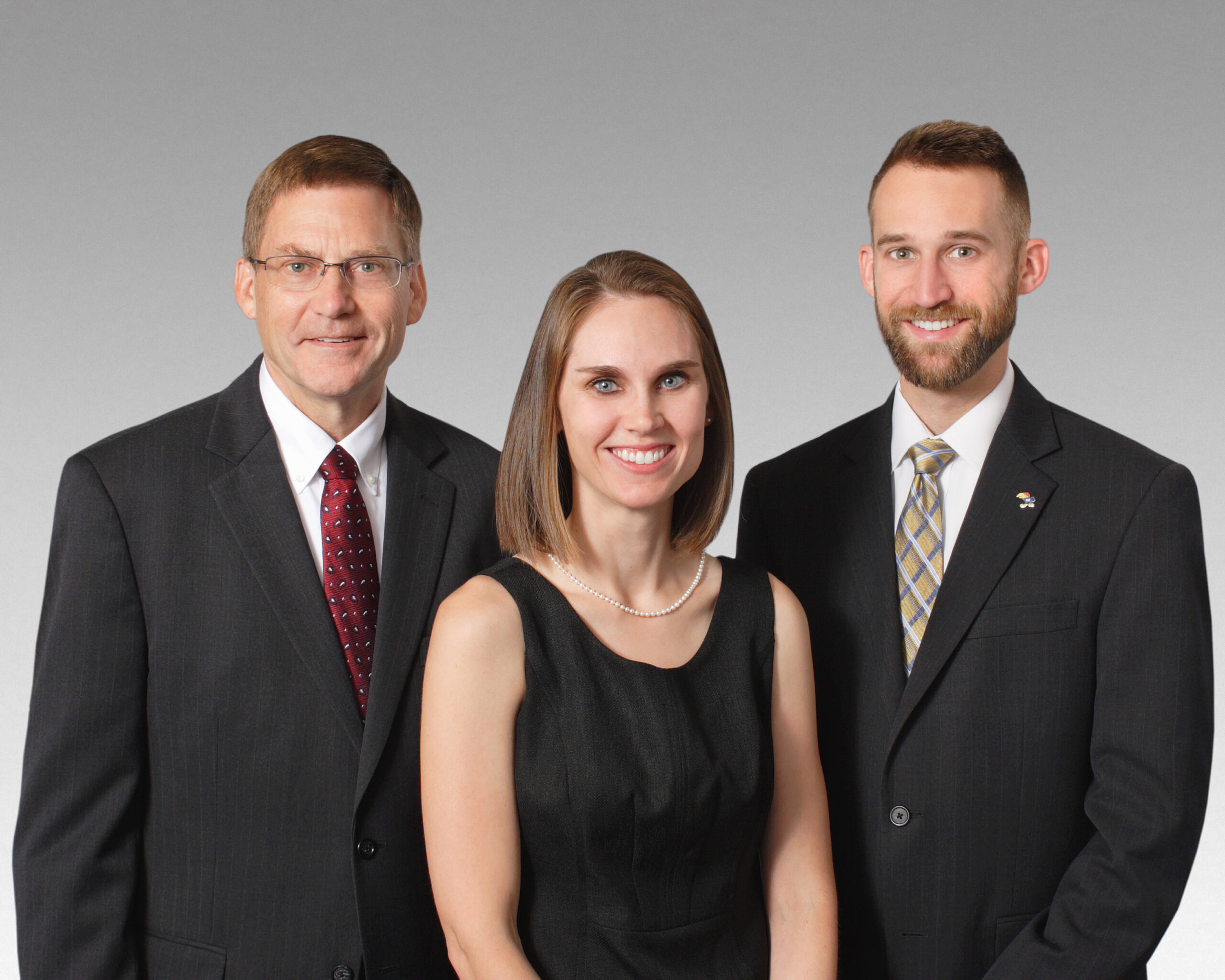
Our partners at Downing and Lahey Funeral Home work to help support the donation wishes of decedents and their families.
“We chose Downing and Lahey for their open communication. When I called to introduce myself, they let me know some areas of opportunity and how we could make them better. I followed up as promised by emailing their funeral home directors our commitment,” says Hospital Development Manager Kelly Falwell. We are lucky to have such great partners at Saving Sight that play a part in facilitating the eye donation process and advocating for donation, donor families and recipients in our service area. Downing and Lahey has been a great partner to Saving Sight by allowing our recovery technicians to perform recoveries in the funeral home from time to time.
Michael Morris, Funeral Director with Downing and Lahey says, “We understand the importance of donation and giving somebody the opportunity to see from somebody that’s passed away. That’s a great thing to be able to share with someone.” By working in tandem with funeral homes, we are able to honor the donor and their families’ wishes in being a donor.